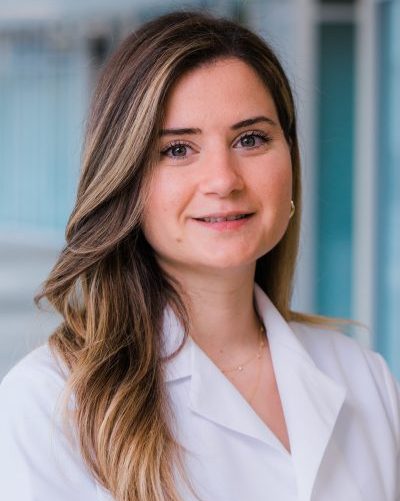The bone density test DXA (pronounced “dexa”) stands for dual energy x-ray absorptiometry. It can help calculate the density of a person’s bone. DXA measurements can help determine the risk of having osteoporosis, the thinning of the bone that increases the chance of breaking any bone. DXA is a quick, simple, and painless test that requires no special preparations by the patient. It uses very low-level x-ray energy, less than a person would get on a flight from New York City to Los Angeles. After their first bone density scan, individuals are advised to have scans every one to two years to detect changes in their bones. DXA scans can be either peripheral or central. Peripheral scans (p-DXA) measures areas such as the heel, wrist, or finger. They often are offered at malls and health fairs. They should not be used for diagnosis or tracking progress year to year, but they are good screening tools and can indicate whether a person is at high risk for osteoporosis and should get a central DXA scan. The central DXA scan measures bone density in the spine and hip, where low bone density is most dangerous and a break would be most debilitating.
The UAB Division of Clinical Immunology and Rheumatology has consistently been ranked as one of the top 12 clinical rheumatology programs in the country by U.S. News & World Report. It is internationally recognized for its dedication to advancing knowledge and translating research findings into more effective diagnosis and treatment of patients with rheumatic diseases such as rheumatoid arthritis, gout, lupus (systemic lupus erythematosus, or SLE), osteoporosis, scleroderma, dermatomyositis, polymyositis, vasculitis (including Wegener’s granulomatosis), and related diseases. As one of the largest academic rheumatology programs in the nation, the division’s clinical practice logs more than 10,000 visits annually, evaluating and treating patients with various forms of connective tissue disease. It is staffed by practitioners and specialists in multiple fields, making it easier for physicians to collaborate toward more effective patient care.
Since the division’s formation in the 1950s, our rheumatologists have contributed substantially to the understanding of rheumatic diseases, including their pathogenesis, clinical manifestations, and current diagnostic and therapeutic approaches. They work closely with specialists in musculoskeletal radiology to provide the most advanced imaging techniques and interpretation of radiographs, CT scans, and MRI scans. The Interdisciplinary Infusion Center at The Kirklin Clinic of UAB Hospital provides ready access to the latest FDA-approved intravenous medications for many rheumatic diseases.
With support from the National Institute of Arthritis and Musculoskeletal and Skin Diseases, we launched the UAB Center of Research Translation on Gout and Hyperuricemia. The center includes the UAB Gout Clinic, located within the Rheumatology clinic at The Kirklin Clinic of UAB Hospital, where UAB experts come together in one location to deliver cutting-edge patient care and conduct advanced research on gout, which affects an estimated 4% of the U.S. population. This team combines expertise in rheumatology, nephrology, and cardiology to focus on better understanding how gout is influenced by genetics and environmental factors, with the goal of more accurate diagnoses and increasingly effective treatments.
Care Providers
Resources
Related Specialties
Clinical Trials
Speak to your physician about your options and browse the link below for more information
Latest News
View All News-
UAB soars into top 6 percent of global universities in US News rankings
January 8, 2025
-
Three research projects awarded funding from the Immunology Institute Pilot Project program
February 28, 2024
-
Rheumatologists launch free phone-based app for patients with lupus
January 22, 2024
-
Flu: Interferon-gamma from T follicular helper cells is required to create lung-resident memory B cells
September 13, 2023
-
Osteoporosis: UAB-led study approved for a $13.9 million award to investigate prevention of bone fractures
August 22, 2023

